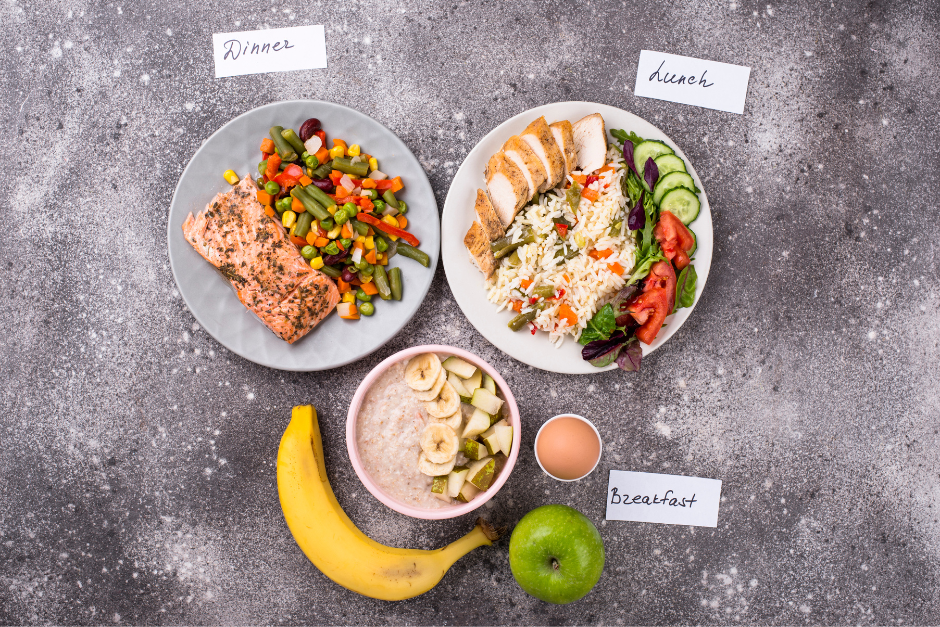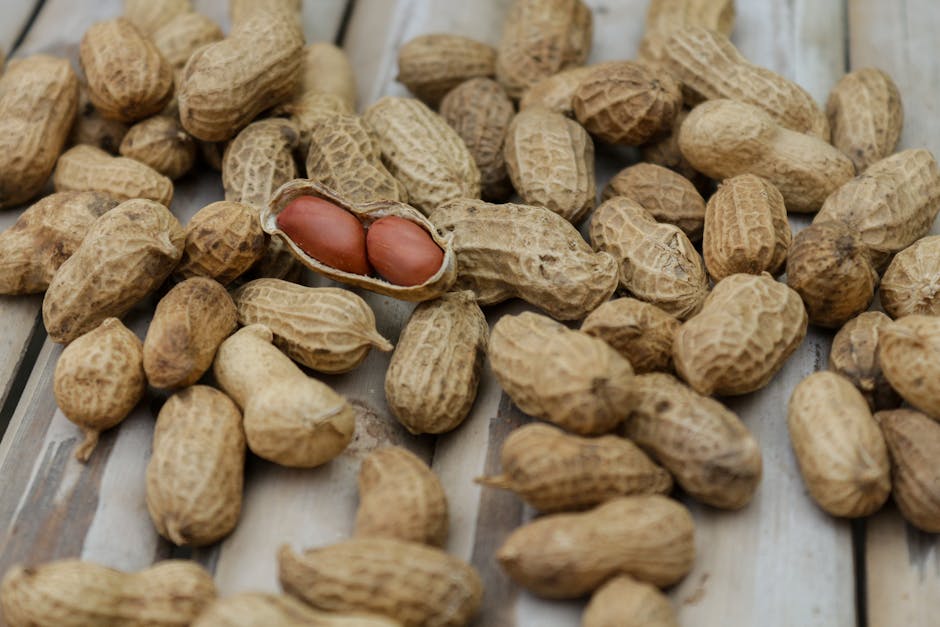While most people focus on what they eat, research suggests that how they eat—specifically, the order in which foods are consumed—can also play a significant role in blood sugar control.
Food sequencing refers to the order in which different nutrients are consumed during a meal. Studies have shown that eating carbohydrates last, rather than first, can lead to lower blood sugar spikes and reduce the body’s need for insulin. This approach may be particularly beneficial for individuals with prediabetes, as it could help delay or even prevent the onset of type 2 diabetes.
A typical meal consists of non-starchy vegetables, protein, and carbohydrates. Researchers tested different food sequences and found that the best approach is:
- Start with non-starchy vegetables (e.g., leafy greens, broccoli, or peppers).
- Follow with protein (e.g., chicken, fish, or lean beef).
- Finish with carbohydrates (e.g., potatoes, rice, or bread).
By following this sequence, the body releases glucagon-like peptide-1 (GLP-1), a hormone that slows digestion and helps regulate blood sugar levels. Additionally, eating protein and vegetables first promotes satiety, reducing the likelihood of overeating and curbing cravings.
Practical Meal Planning Tips
- Choose meals with separate components rather than mixed dishes like lasagna or tacos.
- Eat slowly to allow food sequencing to take effect.
- Incorporate fibre-rich foods to further slow carbohydrate absorption.
By making small adjustments to meal structure, individuals can take a proactive approach to blood sugar management. Whether you’re living with diabetes or simply aiming for better metabolic health, food sequencing is a simple yet effective strategy to consider.
For more information, visit Learn how food order during a meal can impact your blood sugar



